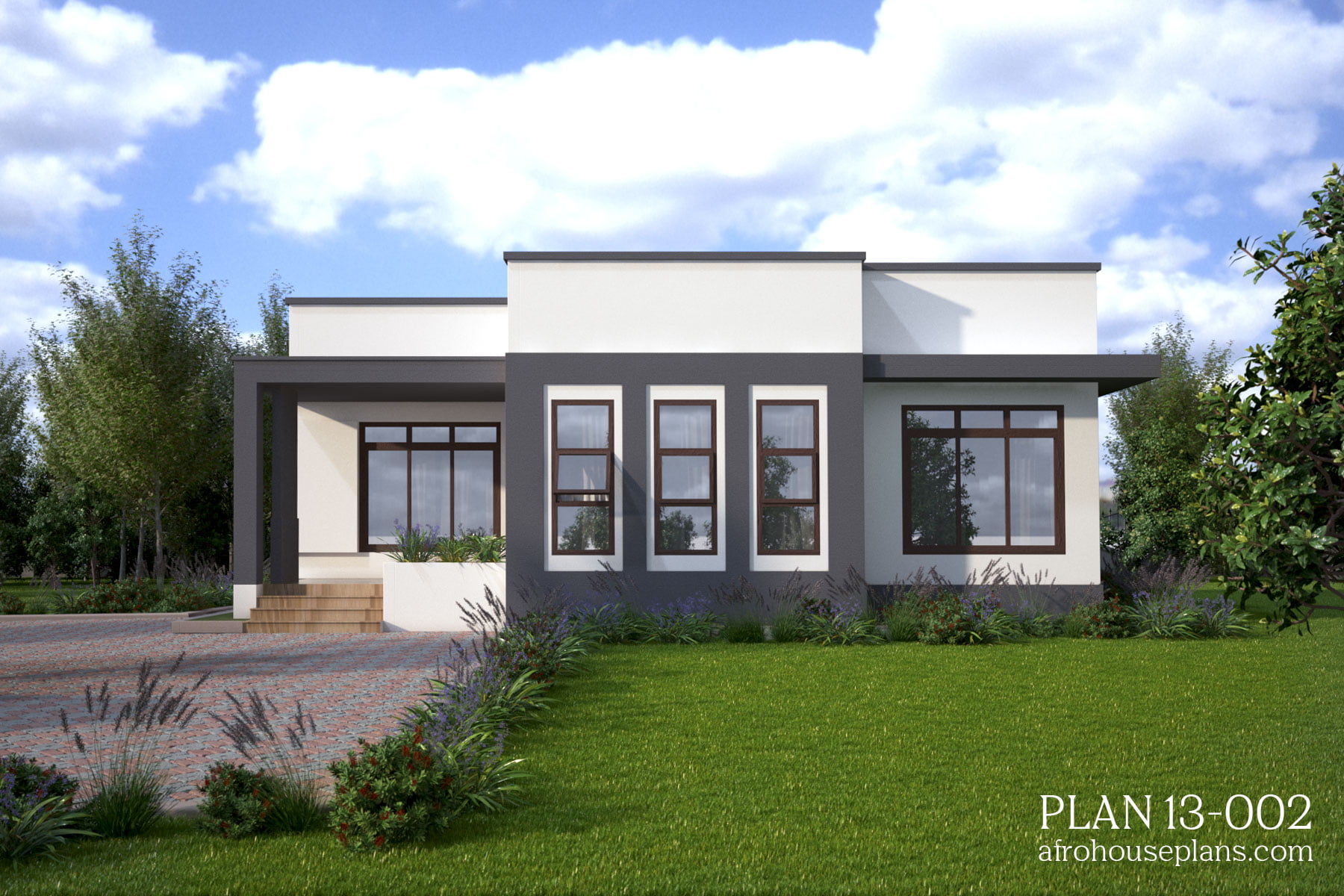Designing Your Two-Bedroom House: Two Bedroom House Plans In Ghana

Designing a two-bedroom house in Ghana requires careful consideration of factors like climate, land size, and budget. You need to create a space that is not only functional and comfortable but also sustainable and aesthetically pleasing.
Popular Two-Bedroom House Plans in Ghana, Two bedroom house plans in ghana
Ghana’s tropical climate necessitates homes that prioritize ventilation and natural light. Popular two-bedroom house plans often feature open floor plans, large windows, and verandahs for cross-ventilation. The size of the land dictates the overall layout and footprint of the house. Budget constraints can influence the choice of building materials and finishes.
Here are examples of popular two-bedroom house plans in Ghana:
- Single-Story with Verandah: This plan features a spacious living area, two bedrooms, a kitchen, and a bathroom. The verandah provides a shaded outdoor space for relaxation and social gatherings.
- L-Shaped Plan: This plan offers privacy and separation between the living and sleeping areas. The L-shape allows for a courtyard or garden within the house.
- Duplex Plan: For smaller plots, duplex plans offer two floors, maximizing space utilization. The ground floor can house the living area and one bedroom, while the upper floor can accommodate the other bedroom and a bathroom.
Tips for Designing a Functional and Comfortable Two-Bedroom House
Space optimization is crucial for two-bedroom houses. A well-designed layout ensures efficient use of every square foot. Natural light is vital for a comfortable living environment. It can be maximized through strategic window placement and the use of skylights.
Here are tips for designing a functional and comfortable two-bedroom house:
- Open Floor Plan: An open floor plan allows for seamless flow between the living, dining, and kitchen areas. It also creates a sense of spaciousness.
- Built-in Storage: Built-in cabinets, shelves, and wardrobes maximize storage space and minimize clutter.
- Multi-Purpose Furniture: Consider using furniture that serves multiple purposes, such as a sofa bed or a coffee table with storage.
- Natural Light: Maximize natural light by strategically placing windows and skylights. Use light-colored walls and furnishings to reflect light.
- Ventilation: Ensure adequate ventilation by using cross-ventilation techniques and installing exhaust fans.
Incorporating Sustainable Design Elements
Sustainable design elements reduce the environmental impact of your home. They can also lead to cost savings on energy bills.
Here are some sustainable design elements to consider:
- Energy-Efficient Appliances: Use appliances with high energy efficiency ratings, such as LED lighting, solar water heaters, and energy-efficient air conditioners.
- Water Conservation: Install water-saving fixtures, such as low-flow showerheads and toilets. Consider rainwater harvesting systems for irrigation.
- Green Building Materials: Use eco-friendly building materials, such as bamboo, recycled plastic, and locally sourced timber.
- Solar Panels: Install solar panels to generate renewable energy and reduce reliance on the grid.
